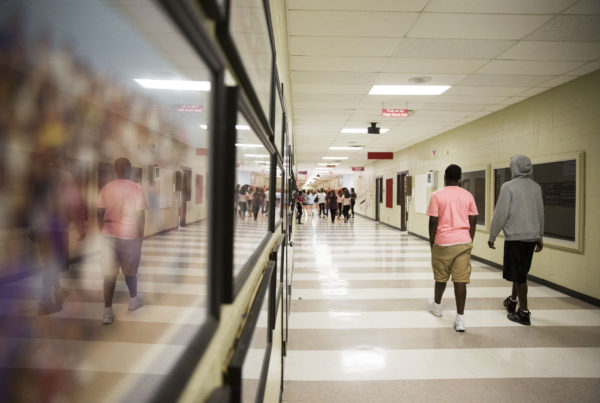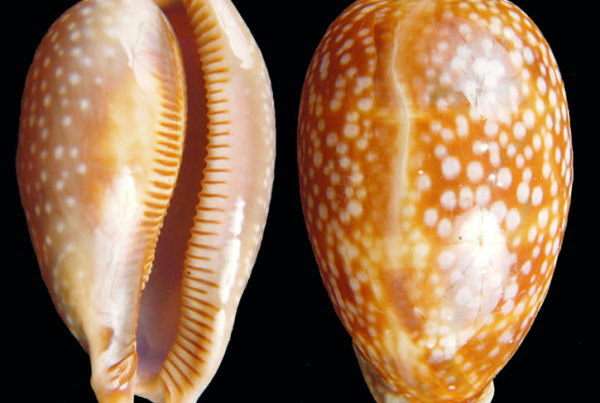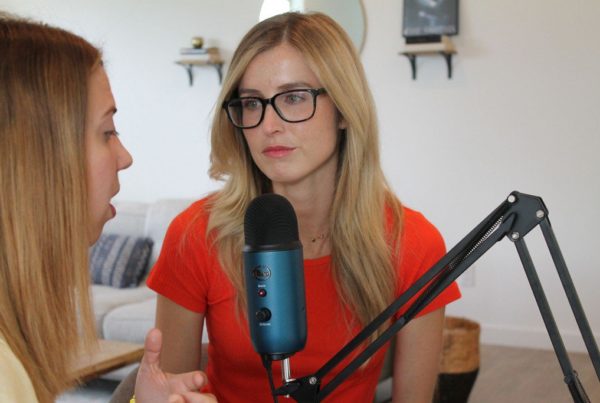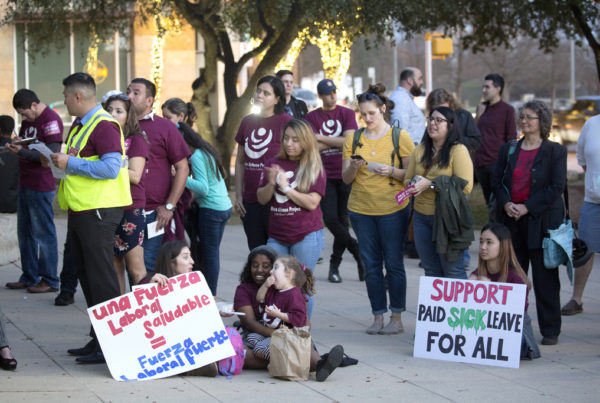In May, President Donald Trump’s so-called “zero tolerance” policy led to the separation of hundreds of migrant kids from their parents. The issue dominated headlines. Now, the news seems to have largely moved on, though many families remain separated despite the reversal of that practice.
While many Texans have spent at least some time near the U.S.-Mexico border, most don’t know what it’s like to cross the border as an immigrant. But a Texas video game designer is trying to bridge that gap.
Gonzalo Alvarez is a 24-year-old game designer from Port Arthur who created his first game two years ago as part of a hackathon event. He only had seven days to make it, but the game generated a lot of attention.
“I made a game called ‘Borders,’ and it’s a game about crossing the Mexican border. It was inspired by my parents’ story. My parents crossed the border about 20 years ago, and they actually had to cross the border illegally to get here,” Alvarez says.
Alvarez says one of the most important elements of his game are the skeletons. When a player dies, their skeleton is left in the game, permanently. So, all the skeletons that the players see throughout the game are actually past players who have died.
“My dad crossing the border, he actually came across a skeleton of a human, and it was something that scarred him because that’s not something you want to see. So it was kind of a way to recreate that experience for other people,” Alvarez says.
Alvarez says some of the feedback on the game has been pretty negative. Some people didn’t understand why the game was so short; “Borders” games typically only last about 20 minutes. Others just told Alvarez to go back to Mexico, even though he’s American. But he says others seemed to get his message.
“There were some people [who said], like, ‘Wow, I didn’t realize how many people actually die.’ Maybe it wasn’t necessarily changing their minds, but it was at least letting them know more facts that they may have not known about,” Alvarez says.
Susan Pedersen, an educational technology professor at Texas A&M University, says games have a tremendous potential to change people’s minds because they give you an experience that makes you think about things in a different way. They not only give you information about that situation, but they put you in the position of decision- maker. She says Alvarez’s game fits into a sub-genre of video games called games for change, which educate players in the hopes of creating social change. Right now, there are games for change on subjects like fake news, poverty, and immigration.
“I think it’s incredibly important to have games on immigration, especially now,” Pedersen says. “We need to understand our history, we need to understand the role that immigrants played in that history and games for change can help some of that happen.”
Ben Bays teaches digital media production at the University of Texas at Austin and says people’s views can absolutely be transformed by video games.
“Immigration can seem sort of irrelevant to many people, I think. The conversation on immigration is reduced down to tweets, taglines or sound bites,” Bays says. “But then you play the game and you gain some insight into the larger ideas that are going on there.”
But there’s a risk that some of these games may seek to influence people through a biased attitude. Pedersen of Texas A&M says there’s always potential for that.
“The games for change I’ve looked at have an agenda,” Pedersen says. “They try to convince you of some things, but any time you show a complexity of a situation, you’re going to end up creating space where people can have different opinions.”
Pedersen says it’s ultimately up to players to reach their own conclusion.
For those who are curious about playing a game for change, “Borders” is now available for download for free, and donations are also accepted.
Alvarez is now working on a comic series, which he calls, on his website, “a Mexican folklore adventure.” He says it’s part of his larger mission to create a voice for the Latino population, and make games and comics that represent that community.
















